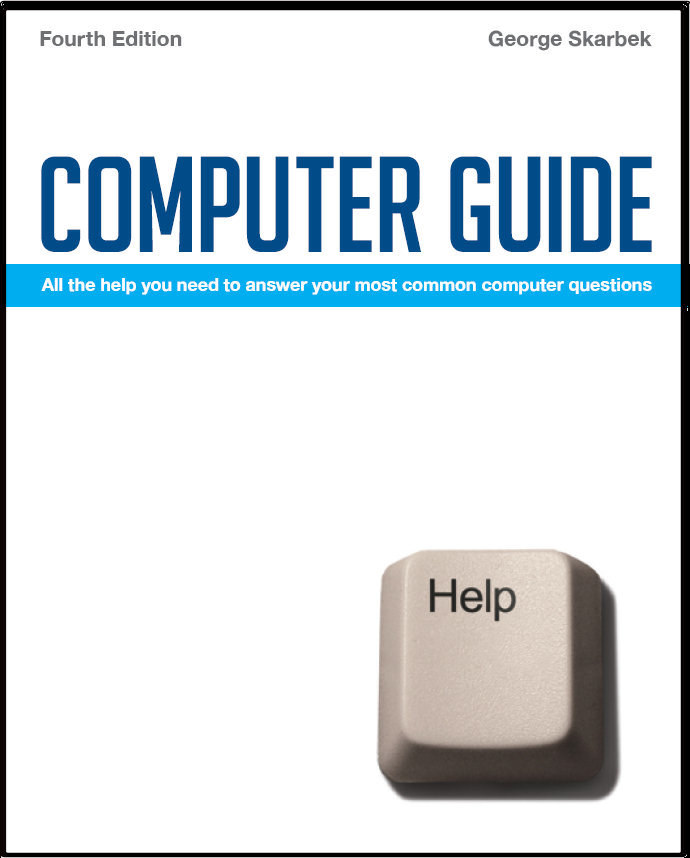

To look at the e-book in PDF format, Computer Guide, based on these columns click here
Keeping my mail at two locations Q: We have two houses and a computer in each house. We stay at our holiday house now and again. Could you tell me how I can set my email box of the computer at our holiday house so we only receive emails that haven’t been read in our usual dwelling? The computer in our holiday house uses Vista and we use Microsoft Office Outlook for our emails. A: Unfortunately there is no easy way because when mail is delivered from your server to Outlook it is then normally deleted from the server. The reason for this is because if you left mail on the server, your mailbox would fill. Fortunately you can set up the mail at your holiday house in such a way that when you read mail there, a copy will remain on the server and you can then download it again onto your home computer as well as it being on your holiday home’s computer. To do this open Outlook and click on Tools, E-mail Accounts, View or change.. then select the Account and click on Change. Then in More Settings, Advanced click on “Leave a copy of messages on Server”. This is the same in Vista’s mail program. Another way is to use an e-mail account that has a much larger mailbox than the usual 10 MB. One such mail account is the free Gmail account that allows you 2 GB of mail. As this mail is accessed via a browser, you can read mail from any location including overseas.
Which is the hog? Q: I have often used the task manager to identify processes which are CPU hogs, or at least figure out what programs are keeping the machine busy. But I have a current case where I have a service running inside one of a number of instances of SVCHOST and I would like to positively identify which service is the culprit. I can see the PID will uniquely identify it but how do I make the connection between the PID and the application which has spawned the process? A: The Svchost.exe is a generic host process name for services that run from dynamic-link libraries (DLLs) and it can be responsible for a number of processes. Fortunately there is a very good and free program that can identify the actual application. It is Process Explorer and can be downloaded from: www.microsoft.com/technet/sysinternals/utilities/ProcessExplorer.mspx
Permanent storage of digital images Q: As a retirement activity I have recently completed putting our family photos and slides on to our hard-drive (Windows XP) and now intend to archive them on to a DVD for present (and later) family members. However I have read that home-burnt DVDs & CDs can have, surprisingly, a short shelf-life (due to oxidising I think) and if kept in a dark place will still only last about 5 years. Generally manufacturers claim life spans ranging from 30 to 100 years for DVD-R and DVD+R discs and up to 30 years for DVD-RW, DVD+RW. Your advice about a 5 year life may apply to a CD that has not been burned as in that state the storage life is much shorter. For archival purposes I suggest that you consider a premium quality product, which in my opinion is Verbatim as they come out on top in almost all independent reviews that I have read over the last several years. However, to be sure you should use another manufacturer and make additional copies. Keep in mind that after even less than 50 years there may not be any equipment available to read or CDs. It would take a considerable effort to locate someone able to read a 20 year old 8” floppy, and even 5 1/4" floppy readers are now becoming scarce. I would not recommend the USB for storage it as they may have a maximum data storage life of about one decade due to the electrical charge between the two insulating layers that differentiates between a zero and a one will gradually dissipate.
|